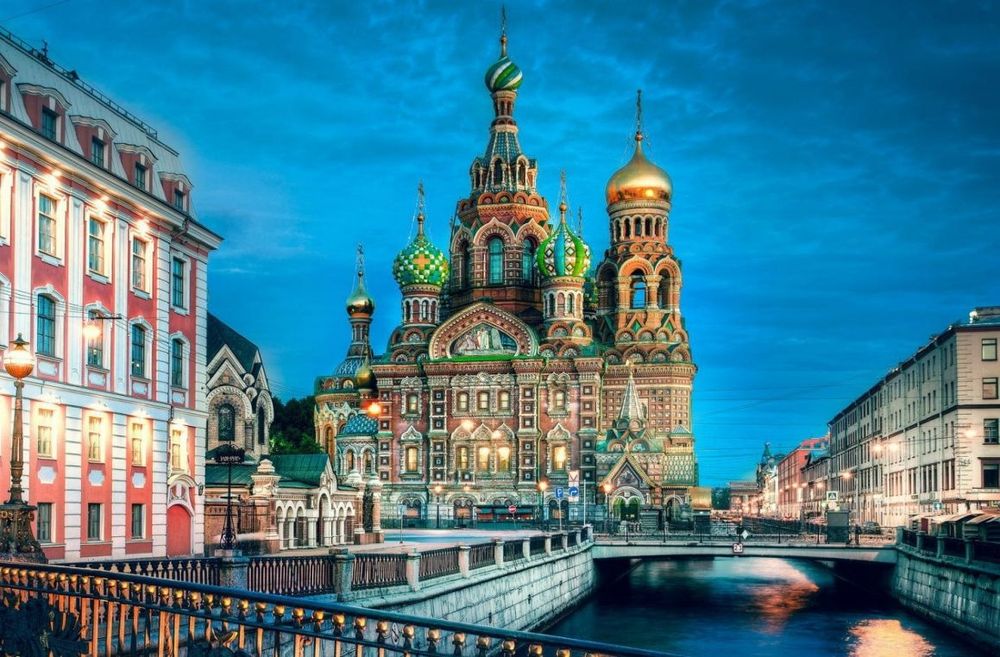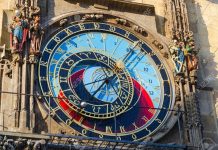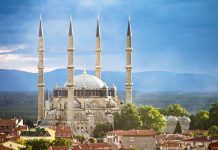This church is known to Petersburgers as the Church of the Savior on the Spilled Blood – or even just the Church on the Blood – as it marks the spot where Alexander II was fatally wounded in an assassination attempt on March 1, 1881.
Alexander II died of wounds inflicted in an attack by the terrorist group People’s Will. Immediately, his heir, Alexander II, declared his intention to erect a church on the site in his father’s memory, and moreover to have this church built in “traditional Russian”.
Eventually, after Alexander had rejected several architects’ designs, Archimandrite Ignaty gave the job to Parland, but made the design himself. The church’s final composition drew heavily from St. Basil’s Cathedral in Moscow and the Vladimir Cathedral in Kiev. Construction began in 1883, and Ignaty died shortly afterward, leaving Parland to complete the job.
No baptisms, funeral services, weddings, or other traditional church services were held in the Church on the Blood, as this was not in Alexander III’s plans. However, weekly requiems (for Alexander II) and sermon readings attracted large numbers of worshippers.
After the Revolution, the church – despite becoming an official cathedral in 1923 – was looted. It was closed in 1932, and essentially turned into a garbage dump. Rumors abounded that the church would be torn down. Damage from World War II and the Siege of Leningrad can still be seen on the church’s walls.
After World War II, the church was used as a warehouse for the Small Opera Theatre. The valuable shrine was almost completely destroyed. Four jasper columns with mosaic mountings in them, and a part of the balustrade were all that remained.
On July 20, 1970 the church was made a branch of the St. Isaac’s Cathedral museum, and eighty percent of the church’s extraordinary restoration was funded by profits from St. Isaac’s. The decades of deterioration and then restoration culminated in the dramatic re-opening of the church in August 1997, when thousands of eager visitors swamped the church.
The project was estimated to cost 3.6 million rubles, but ended up costing 4.6 million rubles, mainly from the extravagant collection of mosaics. The more than 7500 sq. meters of mosaics link Alexander II’s murder with the crucifixion.
One of the most impressive elements of the church is the extravagant shrine constructed on the spot where Alexander II was fatally wounded, which has maintained a special place within the church’s interior. It was constructed to Parland’s design, and completed in July 1907. Four columns of gray violet jasper serve as the base of the shrine. Rising up the shrine, small rectangular columns unite the carved stone awning and the decorated mosaic icons with images of the patron saint of the Romanov family. The columns are supported by a frieze and cornice and stone-carved pediment with vases of jasper along the corners.
The church has an outstanding and varied collection of mosaic icons. Several icons were completed in the traditions of academic painting, modernist>




























